Sir Tralala
University of Vienna, 2010
“Sir Tralala was born 1999 in the course of the accidental use of a non lightning-proof transformer during a digital homerecording coversession of the song The Mercy Seat” is written of David Hebenstreit’s aka Sir Tralala’s myspace. More cover versions and own songs followed and the tall, skinny and eye-catching artist has since then created a sound universe that is as crazy as emotionally intense. Often wearing leather (in this video very stylish trousers), having tattooed his artist name on his breast (which is similar catchy as Pete Doherty’s Baby Shambles tattoo above his nipple) and having posed half-naked for photo shootings, Sir Tralala surely does not represent the sensitive and yearning singer and songwriter. Yet some of his songs sound like it – in the most positive way! Stripped-down without the often used electronic elements Sir Tralala does a haunting performance in the University’s courtyard. However, as his sound arrangements often surpass the classy acoustic guitar plus vocals recipe, David considers that one song performed in the classy singer and songwriter manière is enough. Fair enough!
- Camera
- Michael Luger
- Sound Recording
- Matthias Leihs
- Post production
- Sarah Brugner
- Photography
- Sarah Brugner
- Artist
- Sir Tralala
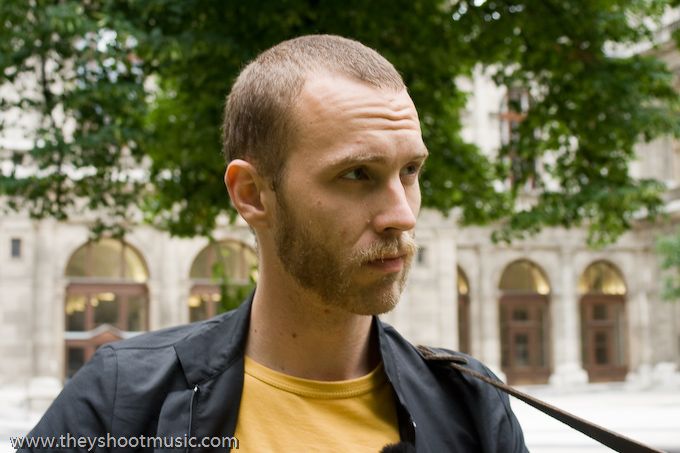
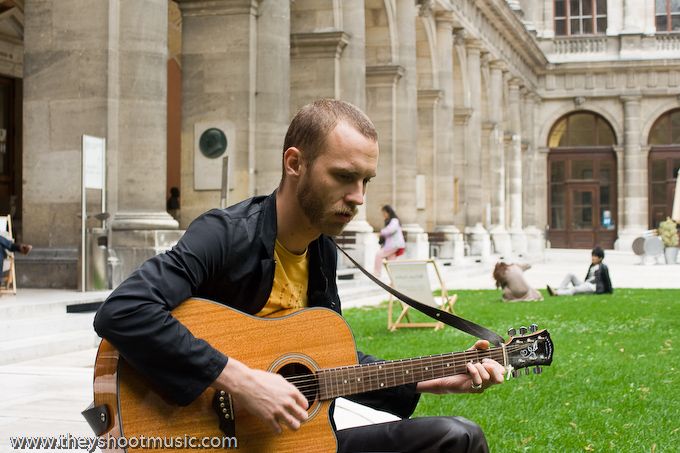
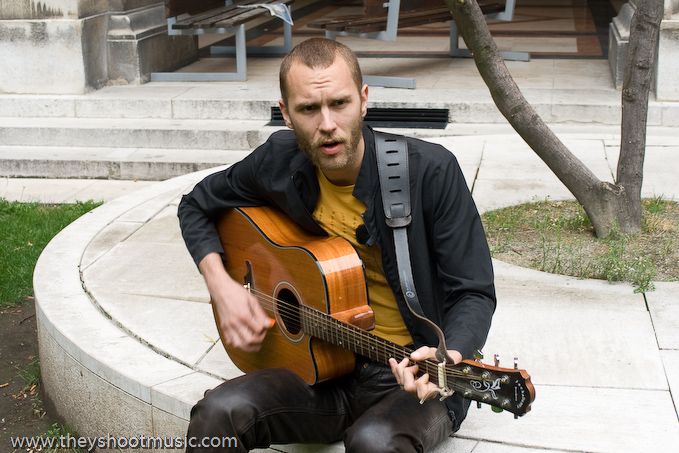

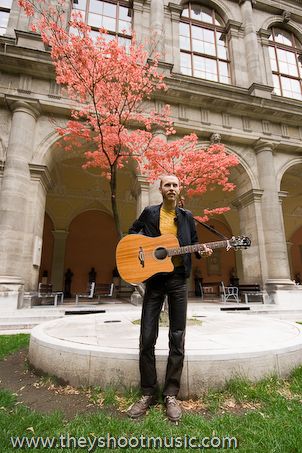

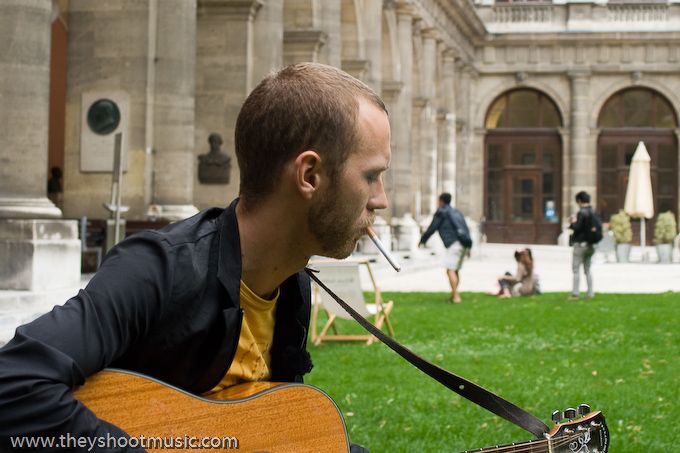
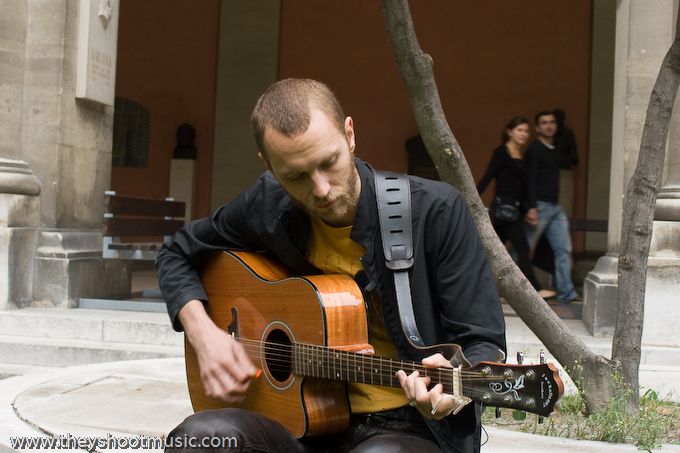
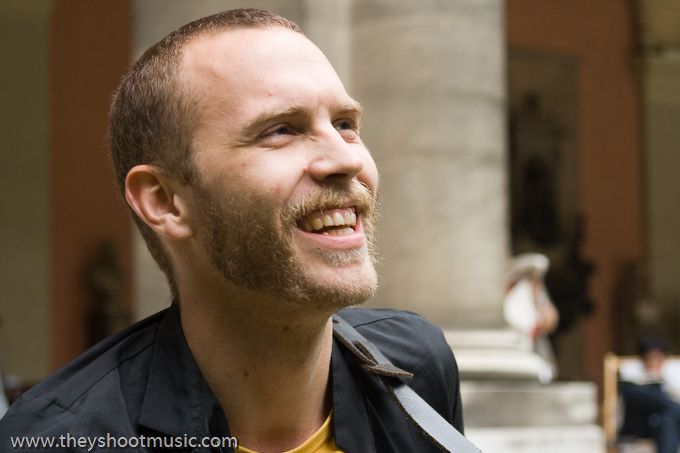
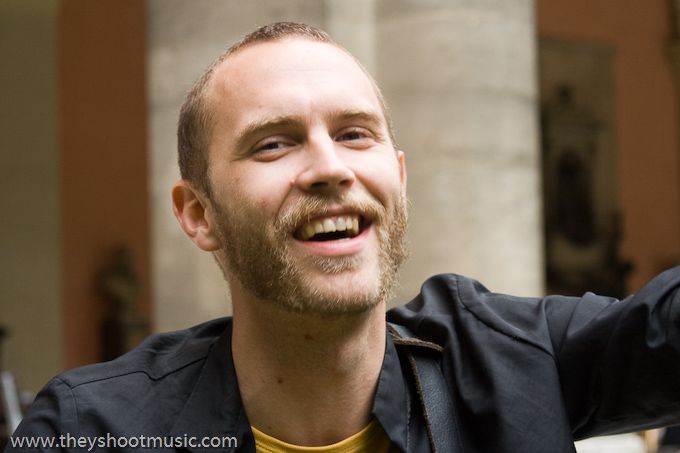
University of Vienna
Founded in 1365, the University of Vienna is not only the oldest still existing university in German-speaking countries, but with 86.000 students also the biggest one. The main building is located on Ringstraße in close proximity to all the other monumental 19th-century landmarks (such as the Burgtheater, Town Hall, Parliament, etc.). Not every student has to pass through the gates of the 1884-opened main building every day, though, as departments are spread across the city, with notable concentrations in the newer NIG and on the campus grounds of the former main hospital. In October 2009, the Auditorium Maximum (Audimax) of the University of Vienna was the main site of huge student protests against educational policy, with students occupying the lecture hall, organising work groups, talks and cultural programmes for two months.